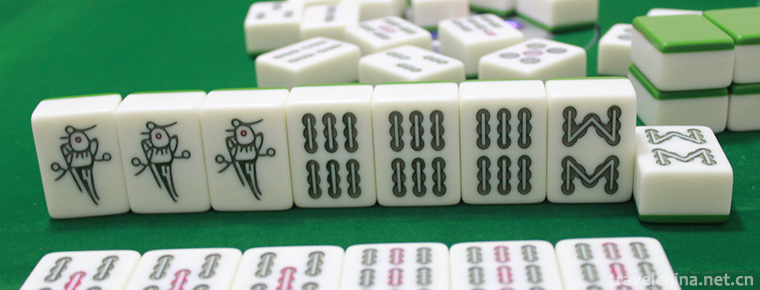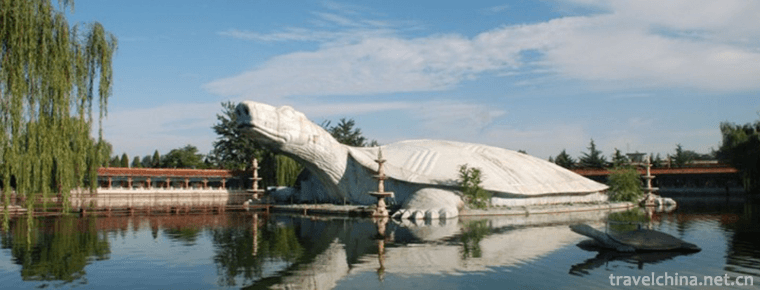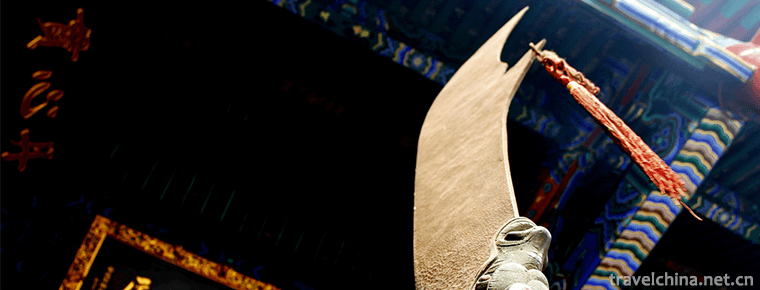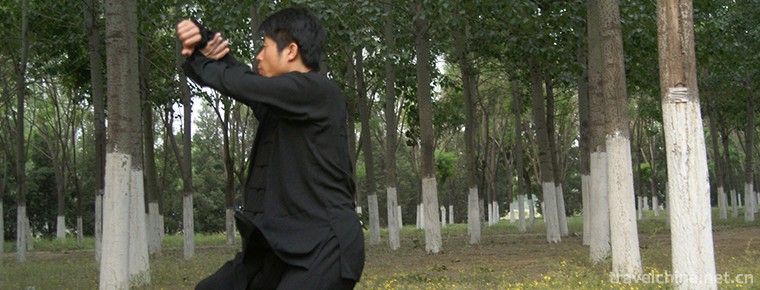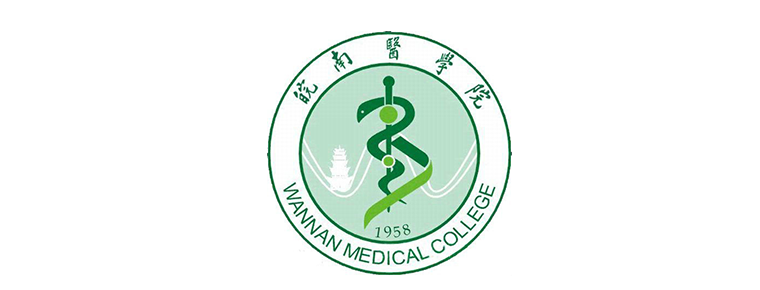Shaheteng Array
Shaheteng Array
The rattan array is the only ancient combat technology in northern China. It has gone through hundreds of years since Ming Dynasty. Today, it only exists in Shilipu Village, Shahe City, Hebei Province, China. Locals call it "playing rattan". Shaheteng brand array has a long history and is very rare in the northern cultural heritage.
On May 20, 2006, the heritage was approved by the State Council and listed in the first batch of national intangible cultural heritage list.
brief introduction
For more than 300 years, it has played a unique role in defending against the enemy and activating the cultural life of the local people. It not only represents China's long and splendid history and culture, but also contains the national spirit and spirit of the Chinese nation, which is fearless of violence and indestructibility. More importantly, it has very important practical significance and prominent social value for the study of ancient human society, ancient military, military tactics and so on.
Tracing to the source
In the Shang Dynasty, during the Northern Tribe's campaign, some people invented the rattan for attacking and defending themselves. Later, in the wars of successive dynasties, different military commanders developed the rattan array for attacking and retreating.
At the end of the Ming Dynasty, Li Zicheng led the rebels to attack Beijing and defeat the South retreat. On the way, a general of the Rebel Army escaped secretly from Shilipu Village and died anonymously. This man is honest and honest, not good at words, occasionally bullied by neighbors, only to return it with a smile, the villagers give the nickname "old clumsy". Knowing the unique skill of "Lao Zhuo", the villagers asked Lao Zhuo to teach them how to defend themselves. Nevertheless, Old Zhuo taught the villagers to protect the village and defend themselves, and left behind the admonition that "only men, not women, not inside and outside, who will pass on who will die outside".
For more than three hundred years, villagers have followed the precepts and passed on the rattan array from generation to generation. So far, it has been handed down for twelve generations. More than 200 regular practitioners have been trained. In the local area, the rattan array has now been included in the primary school physical education curriculum.
Characteristic
tactical deployment of troops
The main raw material for rattan brand production is the common rattan in the northern Taihang Mountains. In ancient times, in order to meet the needs of actual combat, the high-quality rattan on Mount Taihang was selected and made soft and tough by retting. It was woven into a large round rattan product with materials such as cotton in the middle and raw cowhide with tiger head painted on the top.
In addition to rattan, rattan arrays use short knives, three-tooth knives, spears, sticks and other weapons. They are usually attacked by two or more people or by one or more people. The holder of rattan and knife is the defensive side. The rattan is used for defense. The sharp knife can cut the armor, so it can be said that both attack and defense are ready. In battle, rattan soldiers hold rattan cards in their left hand, knives in their right hand, jump and roll, and move forward swiftly. When they roll in front of the enemy, they pull up the short knife in their right hand to kill the enemy. When a large group of enemy soldiers attacked, the use of intensive formation to hold up rattan as a cover, play a role in limiting the enemy's bow and horse. If the enemy is found scattered, it will immediately become a small group. Each soldier's range of activities is 8 feet. It is flexible to advance and retreat, especially in the wilderness or mountainous areas.
In actual wartime, the rattan array method changes endlessly. Common ones are the word long snake array, the Eight-trigram serial array, the plum blossom five-square array, the four-door psychedelic array and the eight-door piercing array. The array can be expanded to tens of thousands of people according to the needs of actual warfare. The rattan array is accompanied by drums when performing in competitions or rallies. It has drums, gongs, cymbals, cymbals and other aids. There are more than ten kinds of drums, such as marching drums, retreating drums, variable array drums and winning drums.
sports
Far away from the war, Shilipu people made innovations in the rattan brand, that is, selecting the vines produced in Taihang Mountain, compiling the rattan card, and then covering the top of the rattan with a canvas-painted fabric. The rattan made in this way is light and practical, and does not affect the entertainment performance at Street Temple fairs.
Originally a battlefield method to overcome the enemy, Fujie array has evolved into a competitive form of self-defense and physical fitness, as well as a performance of gathering and temple fair folk art. Its trick performance integrates ancient and modern dance movements, graceful and smooth, high artistic value, whenever there are large-scale folk art performances everywhere, rattan array performances will attract audiences like a wave of applause.
Inheritance Significance
For more than three hundred years, the Shaheteng brand array has played an active role in defending against the enemy and in activating the cultural life of the local people. Fujie array method has both attack and defense, and is unpredictable. A thorough study of it will further enrich the content of ancient Chinese military tactics. On the other hand, the Fujika battle scenes incorporate dance and music, which can be used to enrich the cultural life of the masses and make people enjoy art.
Because of the special history and inheritance way of rattan array, its inheritors have not been many. Due to insufficient investment, inadequate training time and equipment, inadequate research on technical and tactical excavation, most rattan players'technical and tactical skills are unfamiliar, basic skills can not be said, the formation is incomplete, and the action is rigid and simple. Many old people say that the charm of the ancient battlefield of Shaheteng has disappeared, which is far inferior to the level of competition in the early liberation period.
Only the 78-year-old twelfth-generation heir, Hu Dao Zheng, is a member of the Fujita array. The inheritance of Shaheteng brand array is endangered and needs urgent rescue and protection.
The state attaches great importance to the protection of intangible cultural heritage. On May 20, 2006, the intangible cultural heritage was approved by the State Council and listed in the first batch of national intangible cultural heritage list. On June 5, 2007, the Ministry of Culture confirmed that Hudao in Shahe City, Hebei Province was the representative successor of this cultural heritage project, and was listed in the first batch of 226 representative successors of national intangible cultural heritage projects.
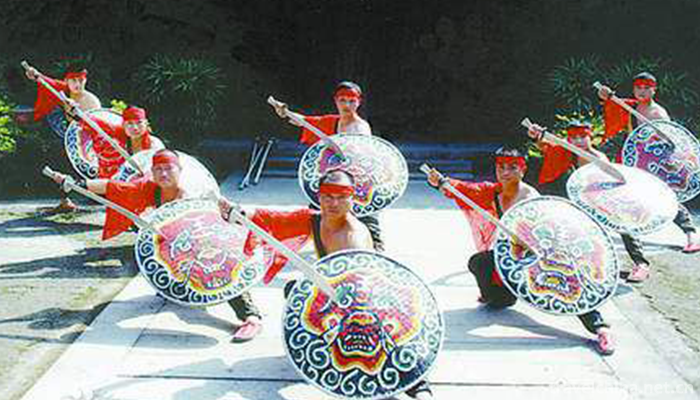
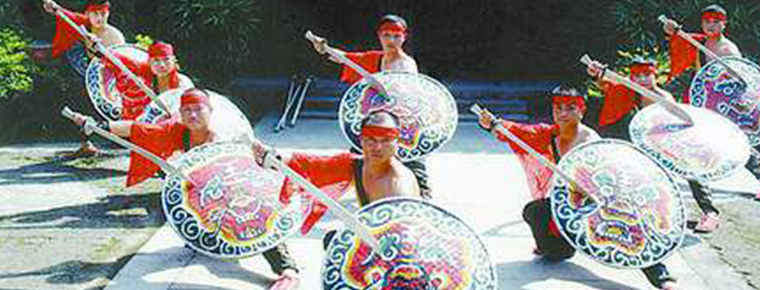
Shaheteng Array
-
Mahjong
Mahjong, originated in China, is commonly known as Sparrow in Guangdong, Hong Kong and Macao. It is a game invented by the ancients of China,
Views: 192 Time 2018-11-13 -
Yin and yang
There are three characteristics of yin yang philosophy: unity, opposition and interaction. In thinking, it is an inseparable node of arithmetic and divination.
Views: 388 Time 2018-11-13 -
Thousand Islet Lake Qiandaohu Scenic Area
Qiandaohu Scenic Area, also known as Xin'anjiang Reservoir, is located in Chun'an County, Hangzhou City, Zhejiang Province.
Views: 212 Time 2018-12-07 -
Oriental Giant Turtle Garden
Located on the East Bank of Yehe River in Pingshan County, Hebei Province, the Oriental Giant Turtle Garden is near Xibaipo, a sacred revolutionary site, 35 kilometers east of Shijiazhuang
Views: 125 Time 2018-12-20 -
Guan Lin Scenic Area
Guanlin, a national key cultural relic protection unit, National AAAA tourist attraction, is the first place for the burial of Shu generals Guanyu in the Three Kingdoms period. The former is an ancest
Views: 154 Time 2018-12-24 -
Nanning Rural World
Nanning Rural World is a large-scale eco-leisure resort built by Nanning Weining Eco-Park Co., Ltd. alone. It is a national AAAA tourist attraction with good ecological environment and high negative o
Views: 151 Time 2018-12-27 -
Yellow River Grand Canyon
The Yellow River Grand Canyon is located in Qingtongxia Town, Wuzhong City, Ningxia. It is 20 kilometers away from Wuzhong City. It is a scenic spot of the Yellow River Canyon composed
Views: 188 Time 2019-01-18 -
Black On White
The Black-and-White War is a comic book about the Naxi epic Black-and-White War, which consists of seven chapters.
Views: 369 Time 2019-05-03 -
Manchu Ergui wrestling
Ergui wrestling is a traditional Manchu folk dance spread in the urban and rural areas of Longhua County, Hebei Province. It was formed in the late Qing Dynasty (around 1820 A.D.) and flourished betwe
Views: 125 Time 2019-05-17 -
Mantis Boxing
Mantis boxing is one of the famous Chinese traditional Wushu schools, and it is a kind of hieroglyphic boxing. It is one of the four famous boxing in Shandong Province and one of the first nine school
Views: 168 Time 2019-06-18 -
Linear cavity
Line-tune opera, also known as Line-score opera, is an ancient traditional opera in Shanxi Province. It first appeared in the Han and Tang Dynasties, and developed greatly. It flourished in the Song D
Views: 170 Time 2019-07-03 -
Wannan Medical College
Wannan Medical College is located in Wuhu, a famous historical city known as "the great port of the Yangtze River and the backbone of Anhui". It is close to the vast Yangtze River and gather
Views: 169 Time 2019-11-19
